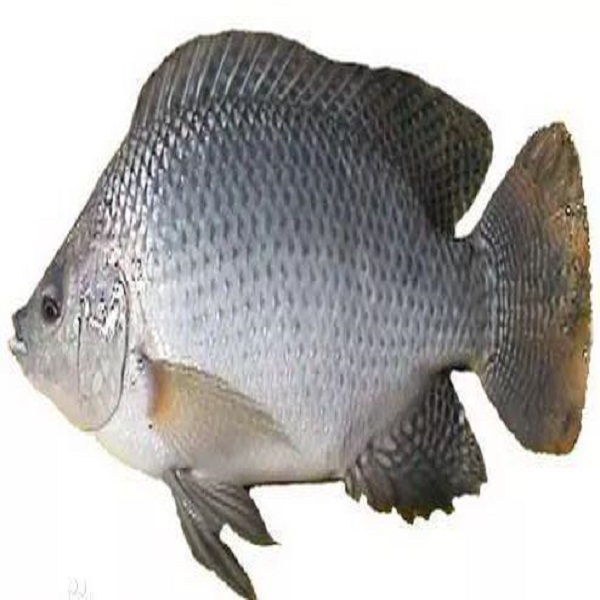Organic acids refer to some organic compounds with acidity. The most common organic acid is carboxylic acid, whose acidity comes from carboxyl group. Methyl calcium, acetic acid, etc. are organic acids, which can react with alcohols to form esters.
★The role of organic acids in aquatic products
1. Alleviate the toxicity of heavy metals, transform the molecular ammonia in aquaculture water, and reduce the toxicity of toxic ammonia.
2. Organic acid has the function of removing oil pollution. There is oil film in the pond, so organic acid can be used.
3. Organic acids can regulate the pH of water and balance the function of water.
4. It can reduce the viscosity of water, decompose organic matter by flocculation and complexation, and improve the surface tension of water.
5. Organic acids contain a large number of surfactants, which can complex heavy metals, detoxify rapidly, reduce the surface tension in water, dissolve oxygen in the air into water quickly, improve the oxygen increasing capacity in water, and control the floating head.
★Mistakes in using organic acids
1. When the nitrite in the pond exceeds the standard, the use of organic acids will reduce the pH and increase the toxicity of nitrite.
2. It can't be used with sodium thiosulfate. Sodium thiosulfate reacts with acid to produce sulfur dioxide and elemental sulfur, which will poison breeding varieties.
3. It can't be used with sodium humate. Sodium humate is weakly alkaline, and the effect will be greatly reduced if both are used.
★ Factors affecting the application of organic acids
1. Dosage: when the same organic acid is added to the feed of aquatic animals, but the mass concentration is different, the effect is also different. There were differences in weight gain rate, growth rate, feed utilization rate and protein efficiency; Within a certain range of organic acid addition, with the increase of organic acid addition, the growth of cultured varieties will be promoted, but when it exceeds a certain range, too high or too low organic acid addition will inhibit the growth of cultured varieties and reduce the utilization of feed, and the most suitable organic acid addition for different aquatic animals will be different.
2. Adding period: the effect of adding organic acids in different growth stages of aquatic animals is different. The results showed that the growth promoting effect was the best in the young stage, and the weight gain rate was the highest, up to 24.8%. In the adult stage, the effect was obvious in other aspects, such as anti immune stress.
3. Other ingredients in feed: organic acids have synergistic effect with other ingredients in feed. The protein and fat contained in the feed have higher buffering power, which can improve the acidity of the feed, reduce the buffering power of the feed, facilitate absorption and metabolism, thus affecting the food intake and digestion.
4. External conditions: suitable water temperature, diversity and population structure of other phytoplankton species in the water environment, good quality feed, well-developed and disease-free fry, and reasonable stocking density are also very important for the best effect of organic acids.
5. More active compound organic acids: adding more active can reduce the amount of added organic acids and achieve the goal better.
Post time: Apr-27-2021




